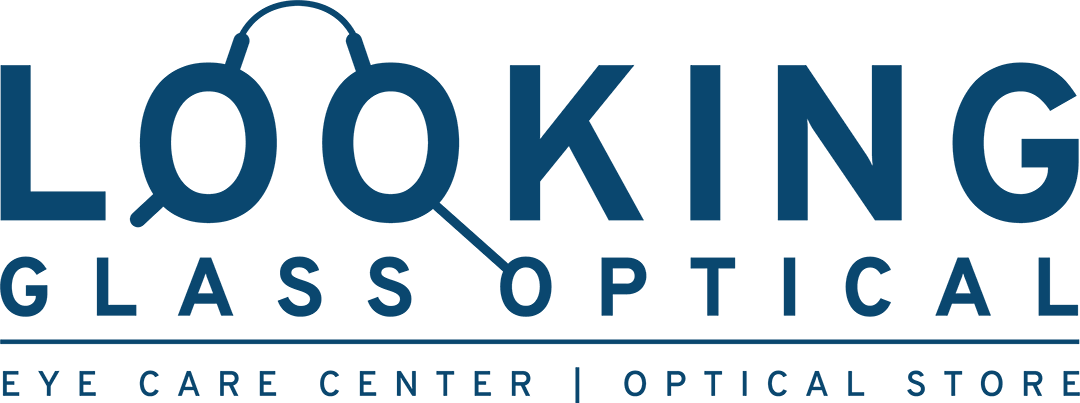20/20 Vision? Why You Should Still Get an Annual Eye Exam
35% of adults have 20/20 vision without the help of corrective lenses. If you are part of that percentage, you may think visiting the optometrist for an annual eye exam is unnecessary. In fact, not getting regular checkups can be putting your vision and overall health at risk. Read on to know why everyone needs annual eye exams.
Annual Eye Exams Catch Eye Diseases Early
Vision loss is not the only symptom you may experience if you have an eye disease. Most of the time, vision loss is one of the later symptoms. With some eye illnesses, by the time vision deteriorates, the condition is too advanced to completely cure. These diseases include:
- Diabetic retinopathy
- Macular degeneration
- Glaucoma
Diabetic retinopathy and macular degeneration cause damage to the retina, while glaucoma damages the optic nerve. These diseases have no early symptoms, and only an annual eye exam will catch them in time. The damage they cause is permanent. In addition, some eye diseases are treatable. For example, using eye drops and/or medication during the beginning stages of glaucoma can prevent blindness.
It should also be noted that having 20/20 vision now does not mean it will stay that way. Eyes weaken with age. There are age-related eye conditions like presbyopia and cataracts that can impact your vision and your daily life. Everyone should have annual eye exams, and those 60+ should have them every six months.
Eye Health Reflects Overall Health
Your optometrist can catch signs of other health issues while performing an annual eye exam. The blood vessels in your eyes, for example, help indicate the health of the rest of your body’s blood vessels. Your eyes’ health provides a snapshot of your overall health. For example, if you have high blood pressure or high cholesterol, your optometrist will see it during the eye exam. Some other illnesses your optometrist can spot in a routine eye exam are:
- Lyme disease
- Cancer
- Giant cell arteritis
- Medication toxicity
- Multiple sclerosis
- Sarcoidosis
- Certain sexually transmitted diseases
- Sickle cell disease
- Thyroid disease
- Vascular disease
- Vitamin A deficiency
Your optometrist should be an integral part of your healthcare team, and your eyes are a vital part of your annual healthcare routine.
What to Expect from an Annual Eye Exam
An eye exam begins by taking your medical and vision history. Then your eyes are tested in a few different ways.
- Muscle Movement – You will get an eye muscle movement test, which checks your eyes’ alignment. The optometrist will watch your eyes as you follow a target.
- Cover Test – A cover test measures how well your eyes work together. Your doctor will cover and uncover each eye while you look at a target, checking how much your eyes move.
- Pupil Reactions – An external exam and pupil reactions test sees how your pupils adjust to light and objects nearby.
- Visual Acuity – A visual acuity test is typically thought of when you think of an annual eye exam. In this test, you will sit in front of an eye chart and read out letters that get progressively smaller.
These might not be the only tests, though. Your optometrist may also choose to perform a retinal examination as well. They will dilate your pupils to see blood vessels, fluid in your eyes, and the head of your optic nerve. In addition, depending on your health and age, the doctor may choose to perform other exams, like glaucoma testing.
Annual Eye Exams Are for Everyone
Regardless of your vision, you need to have annual eye exams. Not only will your doctor catch eye diseases early, but they will also spot risks to your overall health. If you have not had your annual eye exam yet, turn to us at Looking Glass Optical. Call right now to schedule an appointment.
